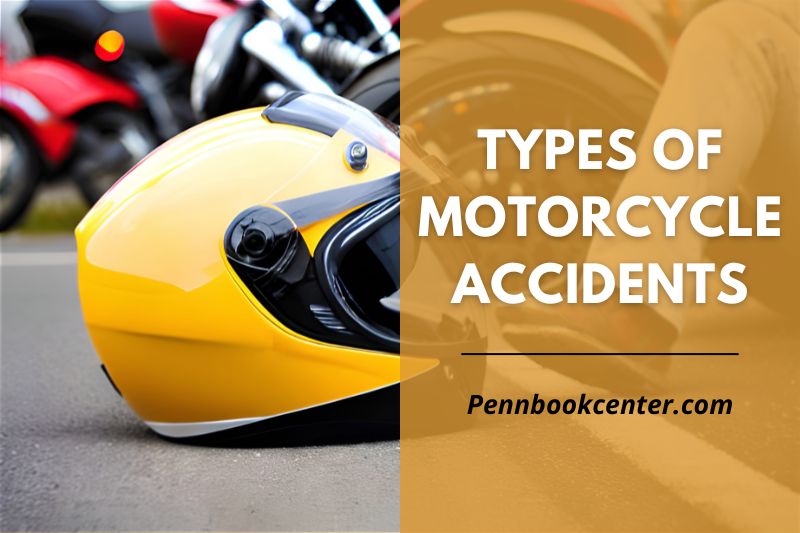Hitting the open road on a motorcycle is a thrill, but understanding common motorcycle accidents can keep you safe. This guide explores different crash types and how to stay aware with PennBook.
Understanding Motorcycle Accident Types
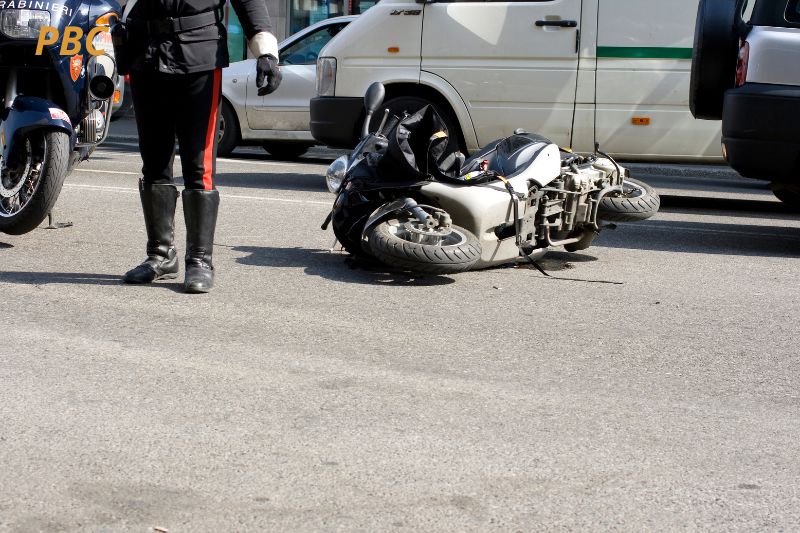
Understanding the different types of motorcycle accidents is crucial for riders and motorists alike.
According to the National Highway Traffic Safety Administration (NHTSA), motorcyclists are 28 times more likely to be killed in a crash than occupants of passenger vehicles.
This vulnerability makes awareness of accident types critical for both preventing them and navigating the legal aftermath if one does occur.
Motorcycle accidents can be broadly classified into two main categories:
- Single-vehicle accidents: These accidents involve only the motorcycle and no other vehicles. They are often caused by rider error or environmental factors.
- Multiple-vehicle accidents: These accidents involve the motorcycle and at least one other vehicle. They are most frequently caused by driver negligence.
Let’s delve deeper into these categories and explore some specific examples:
Single-Vehicle Motorcycle Accidents
- Losing control due to speeding or reckless maneuvers: Speeding is a major risk factor for all motor vehicle accidents, but it’s especially dangerous for motorcycles. The NHTSA reports that speeding was a factor in 34% of all motorcycle fatalities in 2020. Similarly, attempting risky maneuvers like sharp turns at high speeds can easily lead to loss of control.
- Collisions with stationary objects: These accidents can occur when a rider swerves to avoid another vehicle or hazard and collides with a guardrail, sign, or other fixed object.
Multiple-Vehicle Motorcycle Accidents
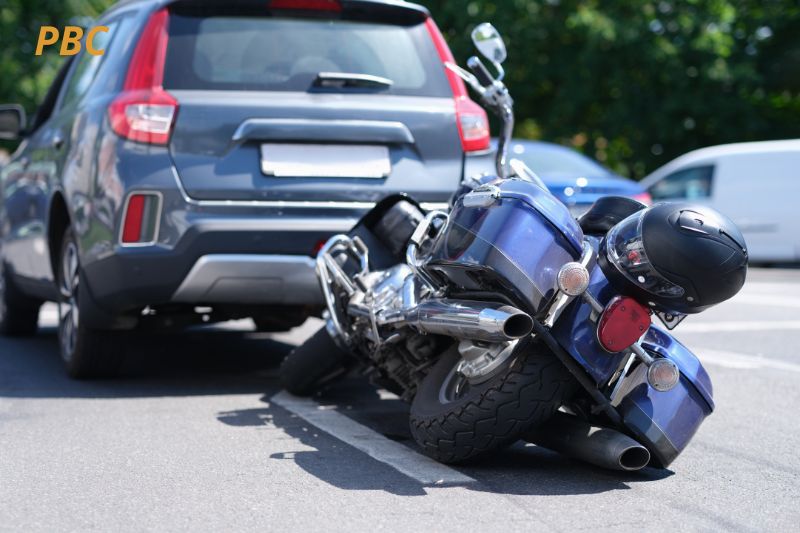
- Left-turn accidents: This is one of the most common types of motorcycle accidents. It occurs when a car turning left fails to yield the right of way to a motorcycle traveling straight or turning left as well.
- Lane-change accidents: These accidents can happen when a driver changes lanes without checking their blind spot and collides with a motorcycle riding alongside.
- Intersection accidents: Similar to left-turn accidents, intersection accidents often involve a car failing to yield the right of way to a motorcycle proceeding through an intersection with a green light or right of way.
- Rear-end accidents: Motorcycle riders are especially vulnerable to rear-end collisions due to their smaller size and lower profile. These accidents can occur when a car following too closely fails to stop in time if the motorcycle slows down or comes to a complete stop.
Understanding these different types of motorcycle accidents can empower riders to be more aware of potential hazards on the road and recognize the common motorcycle accident injuries they may cause.
It can also help those involved in motorcycle accidents identify potential causes and navigate the legal process more effectively.
Common Causes of Motorcycle Accidents
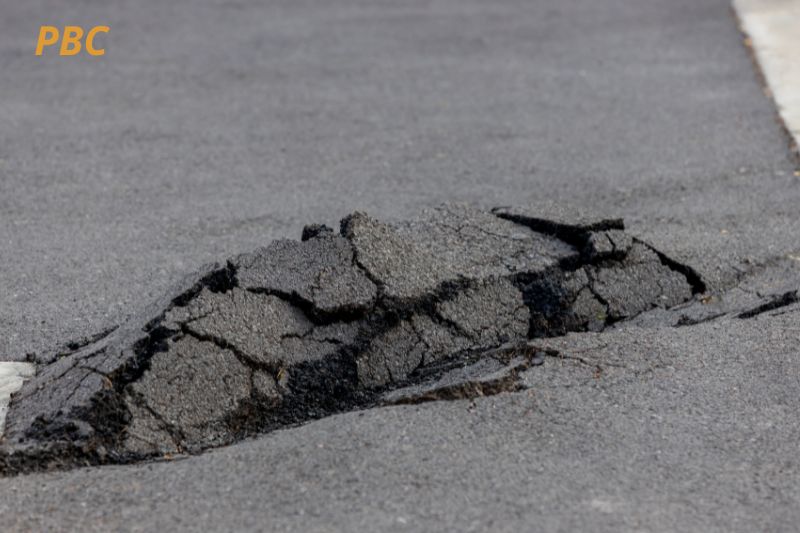
Understanding the types of motorcycle accidents is important, but preventing them in the first place is even better.
Several common causes contribute significantly to motorcycle accidents, and being aware of them can help both riders and drivers share the road more safely.
Here are some of the leading causes of motorcycle accidents:
Rider Behavior
- Speeding: As mentioned earlier, exceeding the speed limit is a major factor in motorcycle fatalities. Motorcycles lack the stability of cars at high speeds, and a rider can easily lose control if they misjudge a curve or encounter unexpected road conditions.
- Reckless maneuvers: Aggressive riding behaviors like weaving through traffic, attempting stunts on public roads, or following too closely behind other vehicles significantly increase the risk of accidents.
- Impaired operation: Operating a motorcycle under the influence of alcohol or drugs is never a good idea. These substances impair judgment, reaction time, and coordination, all of which are essential for safe motorcycle riding.
- Inexperience: New riders are more likely to be involved in accidents. Taking a motorcycle safety course and practicing in controlled environments can significantly reduce this risk.
Driver Negligence
- Failing to see motorcycles: Motorcycles can be harder to spot than cars, especially in blind spots. Drivers must be extra vigilant and check their mirrors and blind spots before changing lanes or turning.
- Distracted driving: Distractions like texting, talking on the phone, or using a navigation system can divert a driver’s attention from the road and increase the risk of overlooking a motorcycle.
- Violating traffic laws: Running red lights, stop signs, or failing to yield the right of way can all lead to collisions with motorcycles.
Road Conditions
- Poor road maintenance: Uneven pavement, potholes, or debris on the road can cause a rider to lose control. Riders should be aware of their surroundings and avoid swerving to miss hazards that could create a new danger.
- Weather conditions: Rain, snow, fog, or high winds can all reduce visibility and make motorcycle riding more challenging. Riders should adjust their speed and riding style accordingly or avoid riding altogether in hazardous weather conditions.
By understanding these common causes of motorcycle accidents, riders and drivers can take proactive steps to minimize risks and promote safer roads for everyone.
FAQs
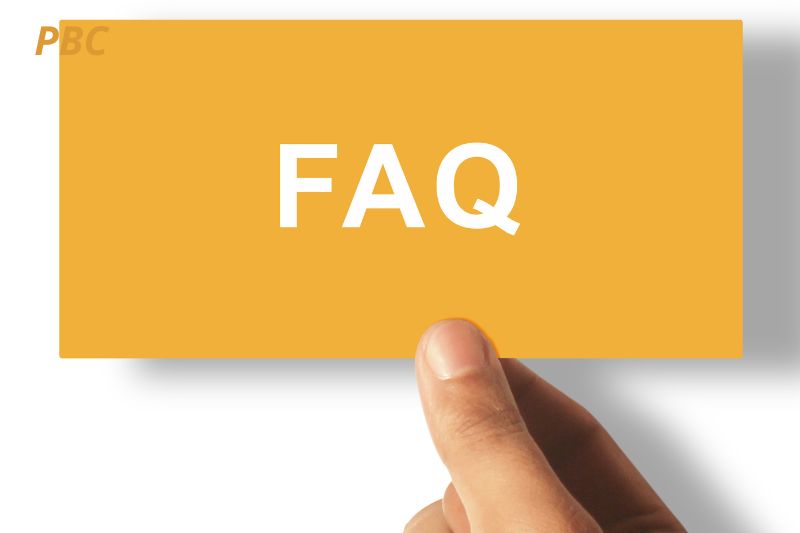
What are the most common types of motorcycle accidents?
The most common types include head-on collisions, left turn accidents, lane splitting accidents, rear-end collisions, and crashes involving fixed objects like trees or poles.
How can I avoid a head-on collision on my motorcycle?
Stay vigilant and avoid riding too close to the centerline. When approaching intersections, be prepared for unexpected vehicle movements and keep a safe distance from oncoming traffic.
What should I do if I’m involved in a motorcycle accident?
First, ensure your safety and call emergency services. Get a police report, take pictures of the scene, exchange information with other parties involved, and seek medical attention immediately, even if you feel fine.
Are left turn accidents common and how can I prevent them?
Yes, they are common. To prevent them, always be cautious at intersections and look for vehicles that might turn left across your path. Slow down and be prepared to stop if necessary.
What should I do if I experience a lane splitting accident?
If a lane splitting accident occurs, ensure your safety first, then follow the standard post-accident procedures: call emergency services, document the scene, and exchange information. Avoid discussing fault on the spot.
How does speeding contribute to motorcycle accidents?
Speeding reduces your reaction time and increases the severity of crashes. To prevent accidents, adhere to speed limits and adjust your speed according to road and traffic conditions.
What are “speed wobbles” and how can I avoid them?
Speed wobbles occur when the front tire misaligns, causing instability. They can be due to high speeds or mechanical issues. To avoid them, maintain your bike properly and avoid excessive speeds.
Should I accept the first settlement offer from the insurance company after a motorcycle accident?
No, be cautious with initial settlement offers. They often don’t cover all accident-related expenses. To understand better, check out what’s covered by motorcycle insurance. Consult with a motorcycle accident lawyer to evaluate the offer and negotiate better compensation.
How can I stay visible to other drivers to prevent accidents?
Wear bright or reflective clothing, use your headlight during the day, and position yourself in the lane where you’re most visible. Always signal your intentions early and make eye contact with drivers when possible.
What types of damages can I claim after a motorcycle accident?
You can claim compensatory damages for medical expenses, lost wages, property damage, and pain and suffering.
For more detailed advice, check out our motorcycle accident claim tips. In cases involving negligence, you may also be entitled to punitive damages.
Conclusion
Knowing the types of motorcycle accidents empowers riders to navigate the road safely. Stay informed and protected with Pennbookcenter.com, your resource for motorcycle safety knowledge.
